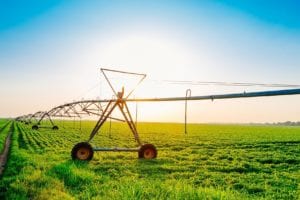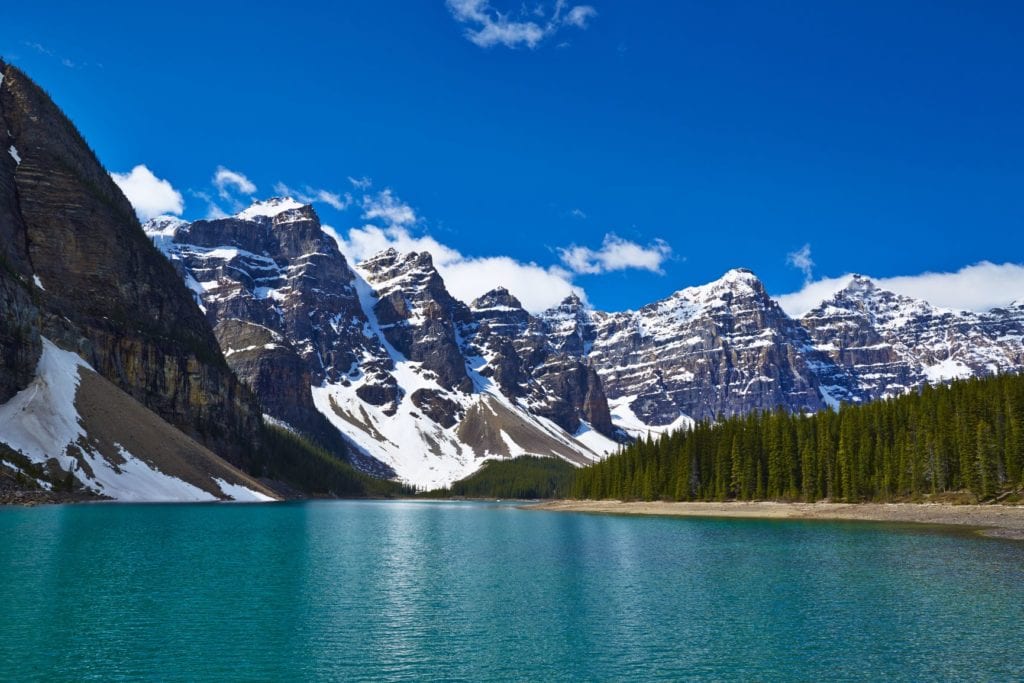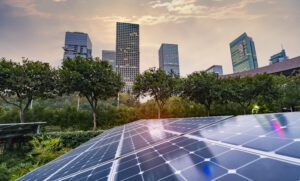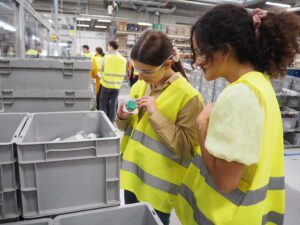Global challenges in the water sector
By 2030, we will face a global deficit of 40% of water in an identical climate scenario – or even worse – than the one we are facing now. This trend is due to a combination of 3 factors – population growth & demographic change, urbanization, and climate change. To put this into context, the world’s total population is estimated to grow to 9.7 billion by 2050. At the same time, water consumption is increasing by 2.5% per year faster than the world’s population growth. Energy and sustainability in the water industry
Energy and sustainability in the water industry
The water sector consumes 4% of electricity worldwide. If you look at one of the biggest operating costs – electricity – the savings potential becomes significant. Reducing energy expenditure will achieve greater synergies.
Organizations such as the Carbon Disclosure Project (CDP) or the World-Wide Fund for Nature (WWF) are demanding that companies demonstrate corporate water management and promote the responsible use of water resources. When it comes to climate change, 25% more natural resources are currently being used than the Earth can yield at a sustainable rate. We need to create resilient and sustainable water supply for people and industries everywhere. The water sector has a double challenge in the face of climate change. On the one hand, the need to be more efficient by reducing energy consumption and prioritizing the use of clean energies. On the other, encouraging a more efficient use of water both in the agricultural and urban sectors through public awareness campaigns or improved leakage management techniques.
When it comes to climate change, 25% more natural resources are currently being used than the Earth can yield at a sustainable rate. We need to create resilient and sustainable water supply for people and industries everywhere. The water sector has a double challenge in the face of climate change. On the one hand, the need to be more efficient by reducing energy consumption and prioritizing the use of clean energies. On the other, encouraging a more efficient use of water both in the agricultural and urban sectors through public awareness campaigns or improved leakage management techniques.
The water industry’s role in biodiversity and livelihood Water is required to support biodiversity. Without sufficient and good quality water, stresses on species greatly increases biodiversity losses. In turn, biodiversity is critical to the maintenance of both the quality and quantity of water supplies, and plays a vital – but often under-acknowledged – role in the water cycle. Ecosystems and their biodiversity should not be viewed as consumers of water, but as essential elements of natural infrastructure within water management. Without ecosystems, and the complex biological relationships and processes that they support, the quantity and quality of global water resources will become severely compromised. The current paradigm, in which water and biodiversity are managed separately, is obsolete.
The role Schneider Electric will play in managing this scarce resource
Schneider Electric is proud to be recognized as one of the world’s most sustainable companies. We place a high importance to the way we utilize water as a resource. By first ensuring our own sites implement water efficiency and conservation plans, we scored an “A” for the second year in a row in the CDP Water questionnaire. We answered the call for action posed by World Water Day 2020 by understanding “We cannot afford to wait. Everyone has a role to play” we go beyond our gates, to develop solutions based on our EcoStruxure architecture for water and wastewater management for our clients in over 150 countries. Today, 1.4 billion people worldwide are without access to basic sanitation. Worldwide, 240 million people are without access to an improved water source. Through our Access to Energy program, we invest in water solutions that enable universal access by deploying adapted offers for emerging countries. As an example, we installed a solution for two wells converting energy from fossil fuel (diesel) which supplies sufficient water for irrigation at the Water Desalination Plant in El-Heiz village, Egypt. The project’s a main objective was to provide the inhabitants of El-Heiz community two solar powered wells to cultivate around 140 Feddans. This will help reduce the company carbon footprint (CO2 emission) by almost 38 tons annually.
At Schneider, we celebrate #WorldWaterDay by bringing solutions to around nearly two-thirds of the world’s population who still experience severe water scarcity during at least one month of the year. With over 40,000 installations worldwide, Schneider Electric software helps water companies to intelligently manage water supply and sanitation operations in cities like London, Sydney, Shanghai, Las Vegas or Barcelona, to name a few. There are examples like:
- Aquapolo is the largest wastewater treatment plant in Brazil and fifth largest in the world. Aquapolo produces 1,000 liters of reuse water per second, which is equivalent to the consumption of drinking water for an estimated 500,000 people. By deploying EcoStruxure for Water & Wastewater, we saved Aquapolo 15% on total production costs by implementing dynamic real-time water quality analysis, linked to their existing billing system. The innovative and sustainable project recycles and reuses the treated water which helps meet the growing industrial demand while preserving the region’s scarce water resources. Schneider Electric’s EcoStruxure solution (IoT applied in water reuse)also secured the 2018 AMCHAM (American Chamber of Commerce in Thailand) ECO award.
- Italy’s Acqua Novara (AVNCO) –manages the water supply for about 140 villages for domestic, agricultural and industrial supply. We deployed an Integrated Command Center for the centralized management of water and wastewater operations, with simulation, remote control, leakage management and operation optimization system that resulted in a 10% reduction in water loss and a 15% reduction in energy consumption with EcoStruxure for Water & Wastewater.
We are aligned with the United Nations (UN)
Schneider Electric is proud to contribute to the achievement of the 17 UN Sustainable Development Goals, specially (SDG 6) for clean water and sanitation.
Access to water and sanitation are basic human rights and are critical sustainable development challenges. These challenges will only worsen and the impacts on people will only increase as competing demands for clean fresh water (agriculture, households, energy generation, industrial use, ecosystems) are exacerbated by the effects of climate change putting more pressure on water quality and availability.
Concretely, we address this challenge by prioritizing water efficiency across operations by installing best practice technologies for water conservation. We are helping our customers drive their efficiencies across the entire water cycle, better manage their assets, as well as reducing their capital and operational costs.
Clean drinking water will be more scarce and limited in the coming years. We must balance all of society’s water needs while ensuring the poorest people don’t get left behind. It is absolutely critical that we raise awareness to achieve both conservation and efficient consumption of our most precious resource now, before it is too late. As the 2020 World Water Day claims: “We cannot afford to wait. Everyone has a role to play.”
Learn more about how we can help you meet your sustainability goals, profitably!




